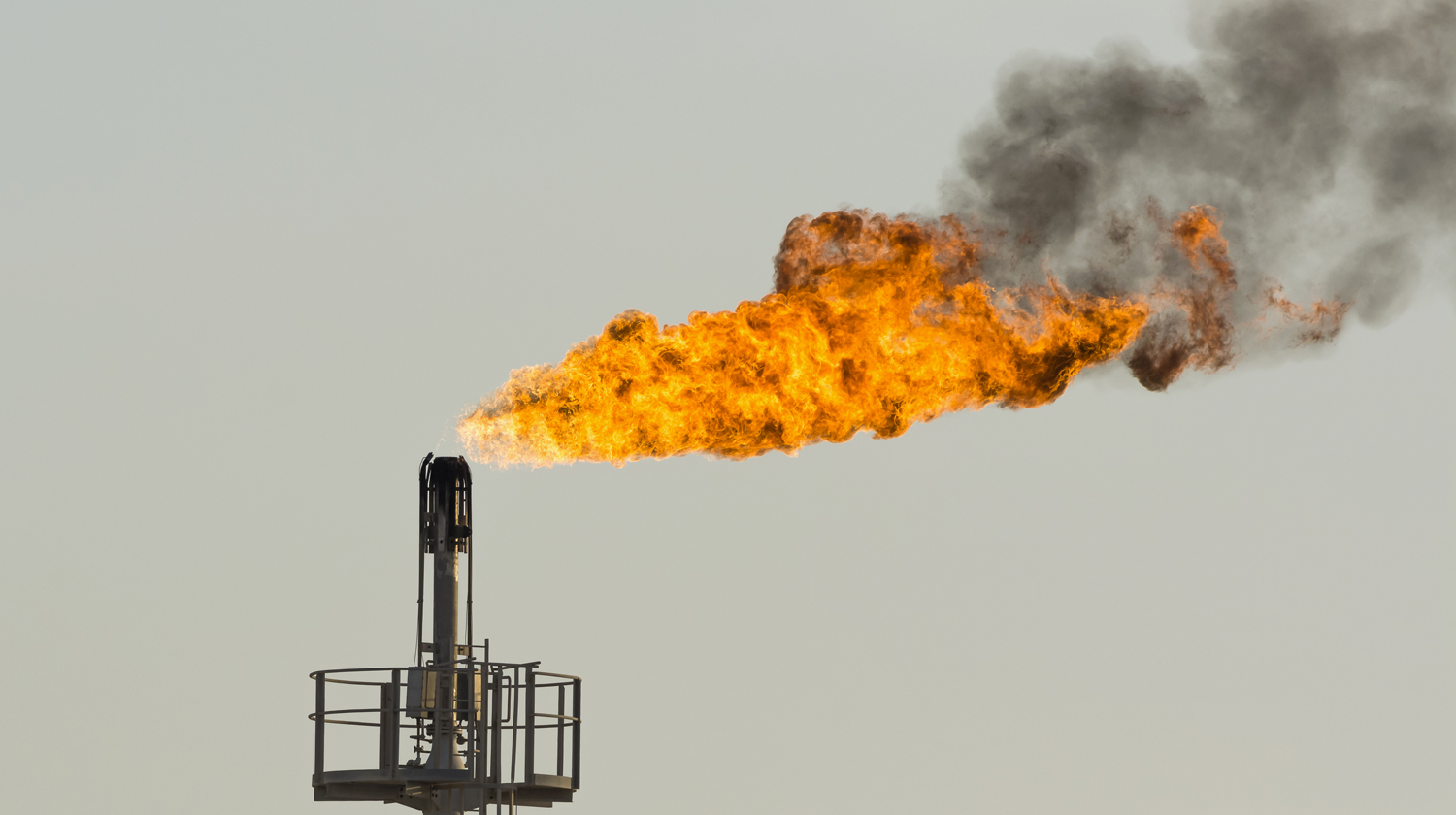

MUSCAT, JUNE 16 - Petroleum Development Oman (PDO) says it has embarked on a strategy to monetise natural gas that would otherwise be flared as part of its normal operations across its sprawling concession. For every 1,000 tonnes of hydrocarbon produced last year, the majority government-owned energy producer flared 17.91 tonnes of gas — representing a 22 per cent jump over flared volumes in 2017. The uptick, coming despite a vigorous flaring reduction programme, was primarily attributed to “equipment failures in some fields”.
“We have developed comprehensive roadmaps to address both, and intend to reach the target of zero routine flaring well before the World Bank’s 2030 deadline,” said Raoul Restucci, Managing Director — PDO, referencing the company’s pledge to eliminate all flaring across its Block 6 licence within the next decade. Flaring occurs when natural gas that is brought to the surface is burned off in a controlled manner because it cannot be easily captured or used during normal upstream hydrocarbon operations.
Still, flaring is generally seen as wasteful burning of a potentially valuable energy resource. According to the World Bank, an estimated 140.6 billion cubic metres (bcm) (equivalent to 5 billion MMBtu) of gas was flared in 2017. If harnessed and put to productive use, this volume would have represented over $20 billion of value at current prices. Flaring also produces carbon dioxide — a greenhouse gas that contributes to global warming. CO2 from flaring accounts for around 0.6 per cent of anthropogenic greenhouse gas (GHG).
PDO aims to dramatically reduce the vast amounts of gas flared from more than 60 stacks distributed across its operations in the Sultanate. Driving this effort is a commitment towards gas conservation, as well as reducing GHG emissions in compliance with the Paris Accord on climate change.
As a result of the increase in gas flaring and emissions from combustion sources in 2018, PDO’s greenhouse gas emissions increased by 25 per cent, reaching 0.20 tonnes (CO2 equivalent) per tonne of production compared to 0.16 tonnes of CO2 equivalent in 2017.
Seeking to rein in rising flare gas volumes and the resulting increase in GHG emissions, the company has unveiled a number of initiatives, notably a “flare monetisation project” for all routine flares.
“Last year, PDO developed and implemented a detailed gas flaring roadmap to address flaring challenges within the organisation. This roadmap focuses on reduction of non-routine flaring, implementation of flaring reduction projects and deployment of technological solutions,” it stated in its newly published Sustainability Report 2018.
The company is also exploring partnerships with third party contractors in the implementation of gas-to-power technology solutions designed to utilize all or part of the gas destined for flaring for power generation.
One particular gas-to-power solution, based on micro-turbine technology, was successfully trialled by PDO at its Anzauz facility. The successful deployment of this technology could see PDO recovering around 500,000 cubic metres per day of flare gas across Block 6.
Oman Observer is now on the WhatsApp channel. Click here



